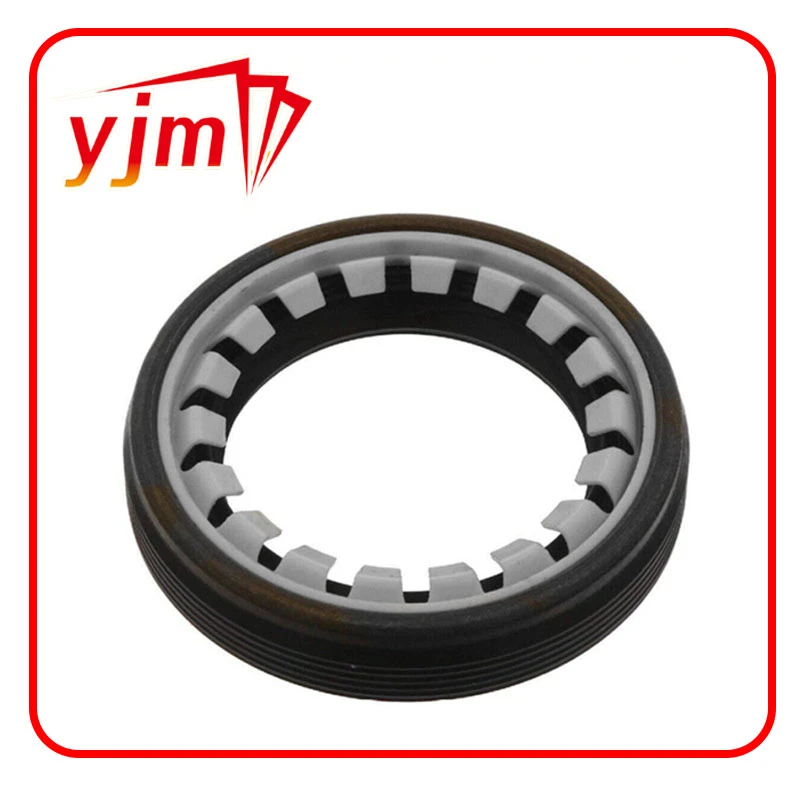Understanding the Function and Benefits of O-Ring Valve Seals in Fluid Systems
O-Ring Valve Seals Essential Components for Fluid Control
In many industrial and engineering applications, maintaining a fluid-tight seal is critical for the functionality, safety, and efficiency of systems. One of the most effective solutions for achieving this seal is through the use of O-ring valve seals. These simple yet ingenious components have become a standard in various industries, including automotive, aerospace, and hydraulics, due to their effectiveness and reliability.
O-Ring Valve Seals Essential Components for Fluid Control
The material selection for O-ring valve seals is crucial. O-rings are made from various materials, including rubber (such as nitrile, neoprene, and silicone), fluoropolymer, and metal. The choice of material depends on several factors, including the operating temperature, the type of fluid being sealed, and any chemical compatibility issues. For instance, nitrile O-rings are commonly used in petroleum-based fluids, while fluoropolymer O-rings are preferred for harsh chemicals and extreme temperatures.
o ring valve seals

One of the key advantages of using O-ring seals in valves is their versatility. They can be used in a wide range of applications, from small household plumbing fixtures to large industrial machinery. This adaptability makes them a go-to solution for engineers and designers. Additionally, O-rings are relatively easy to replace and require minimal maintenance, which can save time and reduce costs over the lifecycle of a product.
Another significant benefit of O-ring valve seals is their ability to withstand high pressures. When properly designed, O-ring seals can handle pressures in the thousands of psi, making them suitable for demanding applications like hydraulic systems and high-pressure gas pipelines. The design also allows for self-adjustment as the pressure increases, ensuring a continued effective seal even under fluctuating conditions.
However, O-rings are not without their challenges. Installation is critical; if an O-ring is not seated correctly or is damaged during placement, it can lead to leaks. Engineers must ensure that the groove dimensions, surface finishes, and tolerances are all within specifications for proper sealing. Additionally, the operating environment must be considered, as extreme temperatures, aggressive chemicals, or excessive friction can degrade O-ring materials over time.
In conclusion, O-ring valve seals are indispensable components in many industrial applications. Their simplicity, efficiency, and versatility make them a preferred choice for achieving reliable fluid containment. Proper material selection, careful installation, and consideration of operational conditions are essential for maximizing the performance of O-ring seals. As technology advances and industries continue to evolve, O-ring designs and materials are likely to improve even further, ensuring that they remain integral to fluid control systems for years to come.
-
Simplifying Oil Changes: A Comprehensive Guide to Oil Drain Plugs and Their Variants
News Aug.04,2025
-
Mastering Oil Drain Maintenance: Solutions for Stripped, Worn, and Upgraded Oil Plugs
News Aug.04,2025
-
Fixing Oil Pan Plug Issues: Leaks, Stripped Nuts, and the Right Replacement Solutions
News Aug.04,2025
-
Everything You Need to Know About Oil Drain Plugs: Sizes, Fixes, and Upgrades
News Aug.04,2025
-
Choosing the Right Oil Drain Plug: A Guide to Sizes, Materials, and Drain Innovations
News Aug.04,2025
-
A Complete Guide to Automotive Drain Plugs: Types, Problems, and Innovative Solutions
News Aug.04,2025
-
The Ultimate Guide to Car Repair Kits: Tools and Essentials Every Driver Should Own
News Aug.01,2025
Products categories















